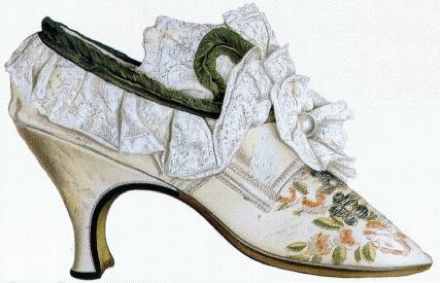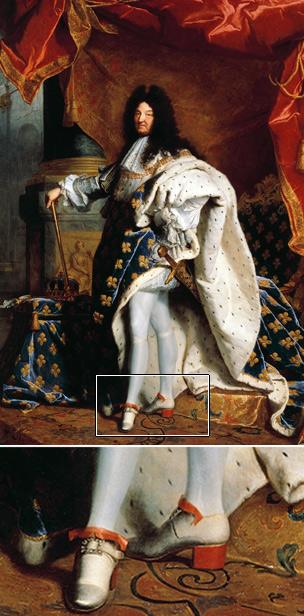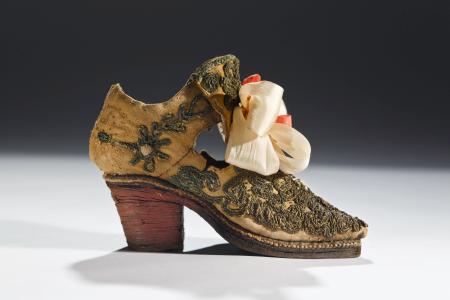Shoes have been in existence since 8000 BC and over that period until now, we’ve had a number of very very odd shoes come up including the high heels.
Most of us think heels symbolise femininity but the truth of the matter is that, high heels was once an accessory for men.
You know how heels seem to be quite uncomfortable, almost as if they weren’t meant for walking in? Well, turns out, they actually weren’t. The high heel was worn for centuries as a form of riding footwear. When the soldier stood up in his stirrups, the heel helped him to secure his stance so that he could shoot his bow and arrow more effectively.

Later, a wave of interest in all things Persian passed through Western Europe. Persian style shoes were enthusiastically adopted by aristocrats, who sought to give their appearance a virile, masculine edge that, it suddenly seemed, only heeled shoes could supply.

As the wearing of heels filtered into the lower ranks of society, the aristocracy responded by dramatically increasing the height of their shoes – and the high heel was born.
Even though the shoes were not practical and you couldn’t stand in them for long, that was the whole point. The rich people thrived on impracticability and were fine with it because after all, they wouldn’t be working plus it showed their status in the society.
In those times, women’s fashion was all about adopting elements of men’s style. In the 1630s you had women cutting their hair and even adding epaulettes to their outfits. They would smoke pipes, they would wear hats that were very masculine. And this is why women adopted the heel – it was in an effort to masculinise their outfits.
source: BBC



















































